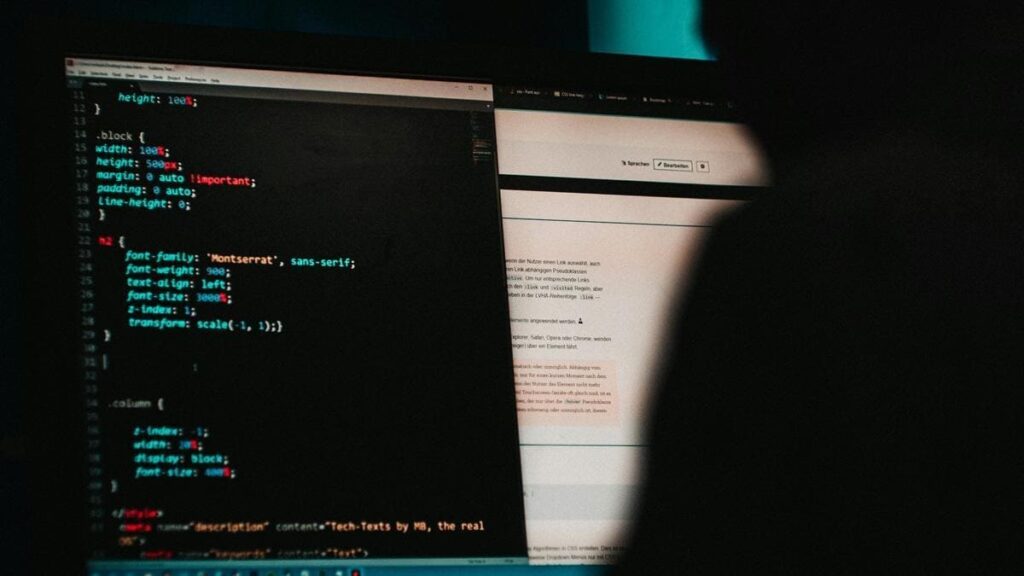Modern computing devices and rapid technological advancements have drastically improved our lives. That said, the negative aspects of technology, like Cyber Attacks, can be equally harmful to the human race.
As the title suggests, in this article, we will discuss everything you need to know about Cyber Attacks, followed by some of the Best Safety Measures that can help you safeguard your digital footprint.
What Are Cyber Attacks?
As the name suggests, Cyber Attacks are malicious attempts by hackers or unauthorized entities to access or damage valuable data, a computer, or a network system.
You will be surprised to know that a severe cyber attack can even lead to losing money, which is coupled with confidential personal, financial, and medical information.
ExpressVPN’s research on this topic revealed that cyber attacks were expected to cost the world 8 trillion USD in 2023. Furthermore, that number is expected to rise to 9.5 trillion in 2024 and 10.5 trillion in 2025.
Clearly, these are some big numbers, and Cyber Attacks are becoming a big problem for mainstream businesses, governments, and individuals. Understanding and following preventive measures are some of the best ways to fight back against Cyber Attacks.
What Are The Most Common Type Of Cyber Attacks?

Cyber Attacks can be executed in multiple ways, but in this article, we have enlisted the three most common forms of cyber attacks that impact users all across the globe.
1. DDoS Attacks
Distributed denial of service or often abbreviated as DDoS attack, is a malicious attempt to interrupt the regular traffic of a server, website, service, or online application by introducing unwanted internet traffic and overwhelming the targeted platform.
DDoS Attacks are generally performed by using internet-connected machines that have been in some way affected by malware. DDoS Cyber Attacks have the capability of rendering a platform completely useless.
2. Phishing
Another common cyber attack that has impacted thousands of users and businesses is Phishing. A Phishing attack deceives people into revealing sensitive information to unwanted sources or downloading compromised attachments.
A Phishing Attack can reveal the usernames, passwords, credit card numbers, and bank account information of an individual.
You will be surprised to know that phishing is the most common email threat, accounting for roughly 39.6% of all email attacks.
3. Malware
Malicious Software encompasses several harmful programs like viruses, worms, and Trojans, which are other common cyber attacks that can infiltrate, damage, or disable computers, servers, and networks.
Malware can impact both businesses and individual users. While malware cyber attacks are mostly executed to perform financial frauds they even have the capability of damaging hardware.
Malware is generally delivered to a target system via email attachments or bundled alongside a trusted software package.
How To Protect Yourself Against Cyber Attacks?

In this section, we have discussed some of the best ways to safeguard yourself against cyber attacks,
1. Enable Multifactor Authentication
The first and one of the best ways to protect yourself from Cyber Attacks is by enabling two-factor authentication or multifactor authentication on both your personal and work accounts.
If you have authentication enabled, even a person who has access to your passwords won’t be able to log in or modify your accounts. Furthermore, we highly advise you to use strong passwords, unique passwords, and a reliable password manager.
2. Regularly Update Your Mobile & Computing Devices
Mainstream hardware companies release software updates for their digital products regularly to patch bugs and other vulnerabilities. Consequently, we advise you to update your mobile phones, tablets, and laptops on a regular basis.
Updating software ensures you can no longer be targeted or exploited due to its limitations. Furthermore, software updates bring new features to your existing hardware.
3. Be Extra Careful With Links And Attachments
Another great way of safeguarding yourself against cyber attacks is by dodging suspicious links and attachments in your emails.
This is important if you receive an email from an unknown email address. Consequently, verify that the email is legitimate and that it comes from a trusted source.
Malicious Attachments can contain malware that might impact your computer or share your data with third-party sources.
CONCLUSION
So, this was a quick glimpse into the harmful world of Cyber Attacks. We hope that you will follow the safety measures shared in this article to safeguard yourself against Cyber Attacks.